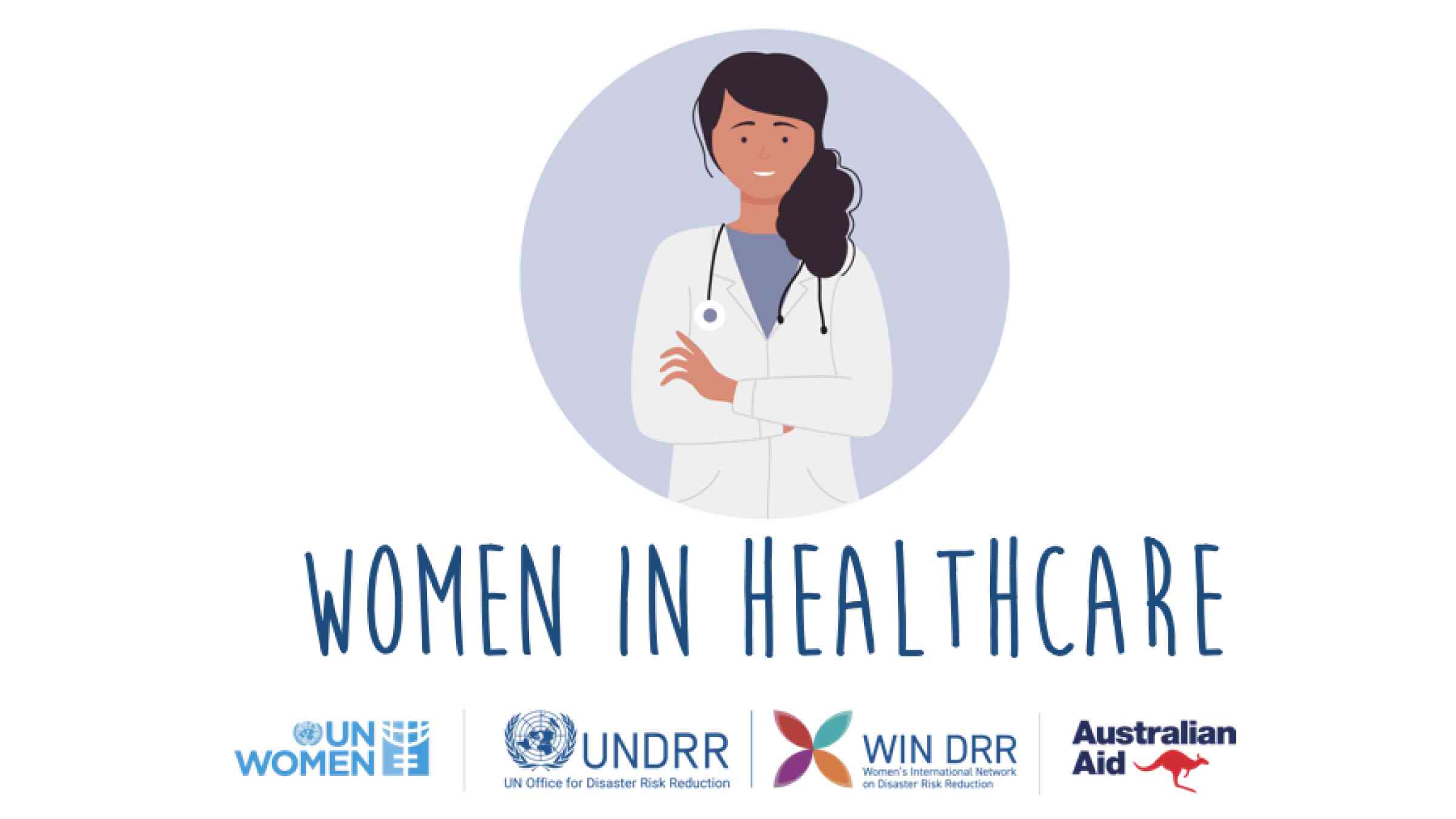Top Healthcare RCM Strategies for Better Financial Efficiency
Top Healthcare RCM Strategies for Better Financial Efficiency
Blog Article
A Comprehensive Guide on Exactly How Medical Care RCM Works to Streamline Payment and Collections
Browsing the complexities of healthcare earnings cycle management (RCM) is crucial for suppliers aiming to boost their billing and collections processes. The overview unpacks the complexities of RCM, from person registration to accounts receivable administration, supplying insights into maximizing each action.
Understanding Income Cycle Monitoring
Grasping the complexities of Profits Cycle Administration (RCM) is crucial for medical care organizations aiming to enhance their monetary efficiency. RCM is a vital management feature that incorporates the entire economic process of client care, from the initial visit setting to the final settlement of the balance. It is a complex procedure made to identify, collect, and manage the income from the solutions provided to patients. Effective RCM makes certain that healthcare companies get precise and timely settlements, minimizing the risk of revenue loss and enhancing cash circulation.
The RCM process starts when an individual routines an appointment and expands via the client's care trip, including billing and collections. A key goal is to reduce the time in between supplying a service and obtaining repayment, thus boosting the company's monetary wellness. RCM entails different features such as client registration, insurance coverage confirmation, charge capture, coding, declares submission, payment publishing, and dealing with allures and denials.
Key Components of RCM
In the realm of Revenue Cycle Administration (RCM), understanding its vital elements is basic to achieving financial performance within healthcare organizations. RCM is a comprehensive process that includes numerous stages, each vital to guaranteeing efficient payment and collections. The primary parts include individual enrollment, insurance policy verification, charge capture, coding, insurance claim submission, repayment uploading, and receivable management.


As soon as coded, cases are submitted to payers, where accuracy is critical to prevent denials or delays - Healthcare RCM. Payment uploading involves tape-recording the gotten settlements, which permits the settlement of accounts. Finally, receivables administration concentrates on monitoring and dealing with unpaid cases, ensuring timely follow-up and resolution
Each component of RCM is adjoined, and inefficiencies in any component can interfere with the entire cycle. Consequently, understanding these components is necessary for doctor to optimize revenue and enhance their monetary wellness.
Approaches for Reliable Payment

Standardizing invoicing procedures across the company is one more essential strategy. Establishing clear guidelines for documentation, go to this web-site coding, and entry aids preserve uniformity and compliance with regulatory needs. Educating team regularly on these treatments makes sure every person is up-to-date with the newest modifications in invoicing codes and payer policies.
Accurate fee capture is vital in avoiding income leakage. Applying regular audits and surveillance systems permits for the recognition and adjustment of discrepancies prior to they impact revenue. In addition, maintaining open lines of interaction with payers aids to rapidly resolve any type of disputes or misconceptions that may develop.

Last but not least, interesting people early in the invoicing process by supplying clear estimates and academic materials concerning their economic responsibilities can substantially minimize confusion and boost settlement timeliness. These approaches jointly add to a more monetarily healthy and reliable payment system.
Enhancing Collections Processes
A durable collections procedure is important for keeping monetary security within medical care companies. Given the complexities of clinical payment and the variety of payer demands, enhancing the collections process entails carrying out tactical procedures that ensure precise and prompt settlement of solutions made. Central to this is the usage of technology to automate and enhance processes, enhancing and lowering hands-on mistakes performance. Automation tools can assist in tracking case statuses, sending out prompt reminders to clients, and taking care of denials better.
Clear and clear client communications are vital. Supplying detailed descriptions of costs and offering adaptable repayment plans can increase patient satisfaction and punctual payments.
Normal audits of the collections process should be performed to identify locations for renovation and guarantee conformity with guidelines. By evaluating data, health care companies can determine trends, prepare for prospective concerns, and More about the author adapt techniques appropriately (Healthcare RCM). Inevitably, a well-enhanced collections process not only sustains financial wellness but likewise adds to a more smooth experience for clients and team alike
Optimizing Revenue Streams
Building upon the structure of a solid collections process, health care companies can even more strengthen their financial security by purposefully enhancing income streams. This involves a multi-faceted method, beginning with a comprehensive analysis of existing profits resources to determine inefficiencies and areas for development. Employing innovative data analytics tools makes it possible for companies to obtain understandings into payer mix, patient demographics, and service application patterns, enabling data-driven decisions that enhance revenue capture.
Executing automated invoicing systems can substantially reduce errors and accelerate cases refining, ensuring that income is accumulated extra successfully. In addition, optimizing payer contracts through regular negotiations can improve reimbursement rates and terms, directly impacting the lower line. Diversifying service offerings, such as incorporating telehealth or health care, can additionally attract a wider individual base, therefore enhancing income capacity.
One more vital component is enhancing client involvement and satisfaction, as satisfied people are more probable to stick to therapy strategies and make timely repayments. Using flexible settlement choices and transparent billing practices can boost collections and foster client loyalty. Healthcare RCM. By adopting these strategies, health care companies can create an extra durable financial framework, making sure continual growth and security in an ever-changing market landscape
Conclusion
To conclude, health care Revenue Cycle Monitoring (RCM) plays a critical duty in optimizing payment and collections processes by integrating crucial components such as individual registration, insurance policy verification, charge capture, coding, asserts submission, and balance due management. By using sophisticated modern technology, standardizing treatments, and promoting client involvement, healthcare carriers can dramatically lower insurance claim rejections, accelerate settlement cycles, and improve capital. This detailed strategy to RCM eventually results in enhanced monetary performance and sustainability for medical care organizations.
The RCM procedure starts when a patient routines an appointment and prolongs via the patient's care journey, consisting have a peek here of billing and collections.Another vital component is improving individual involvement and satisfaction, as completely satisfied individuals are more likely to adhere to treatment plans and make prompt settlements. Supplying adaptable settlement choices and transparent invoicing methods can improve collections and foster client commitment.In verdict, healthcare Earnings Cycle Administration (RCM) plays a critical duty in enhancing payment and collections procedures by incorporating vital parts such as person registration, insurance coverage verification, charge capture, coding, claims entry, and accounts receivable monitoring. By utilizing sophisticated innovation, standardizing treatments, and promoting client engagement, health care providers can significantly reduce case rejections, increase settlement cycles, and improve cash circulation.
Report this page